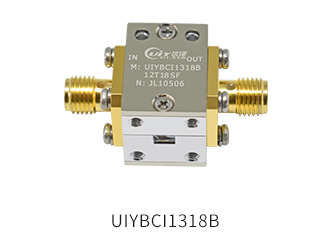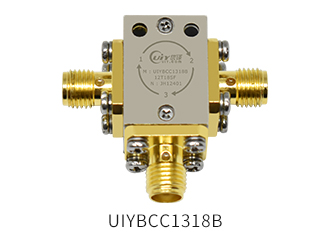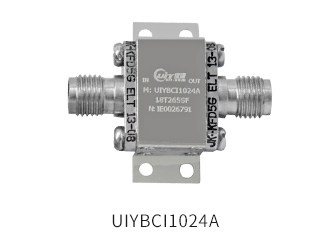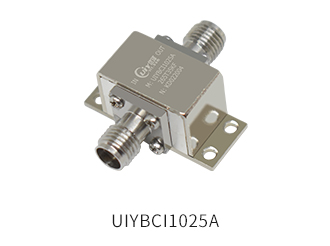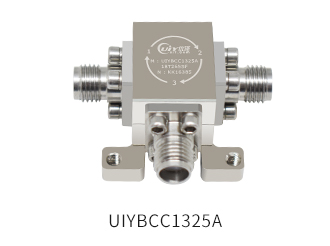Definition:
The Ka-band with frequency range 26.5 ~ 40GHz, is part of the microwave band of the electromagnetic spectrum. In other words, the band is directly above the K-band.
The Ka-band is also known as the 30/20 GHz band and is commonly used for satellite communications.
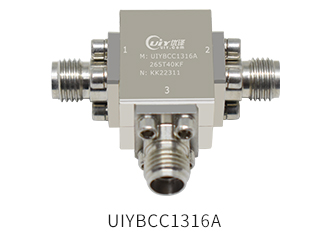
The disadvantage of the Ka-band is that the rain attenuation is relatively high, and the requirements for devices and processes are relatively high.
At Ka-band, the antenna size of the Ka end user is not mainly limited by the antenna gain, but by the ability to suppress interference from other systems.
The Ku-band refers to a lower frequency band than the K band under the IEEE 521-2002 standard. The Ku-band usually ranges from 10.7 to 12.75GHz in the downlink and 12.75 to 18.1GHz in the uplink.
The Ku band is the live satellite band.
Differences:
(1) Different frequency resources, the available bandwidth of Ku is not as much as that of Ka.
(2) The antenna gain is different, which determines that the Ka can use a smaller size antenna.
(3) The anti-rain attenuation ability is different. The higher the frequency, the worse the anti-rain attenuation ability.
(4) The satellite design is different.
The popular Ka satellites in the world are all designed with spot beams, and it is required to do beam switching under the same satellite.
Ku is generally a large beam, no need to switch under the same satellite.
(5) Spot beams can be beam multiplexed, and the bandwidth utilization rate also increases, so the cost per unit bandwidth of Ka is reduced.
(6) Satellite companies operate differently.
Ku runner often rents in MHz, and users build their own platforms.
Ka is to rent in Mbps, and users only buy terminals to access the network.




